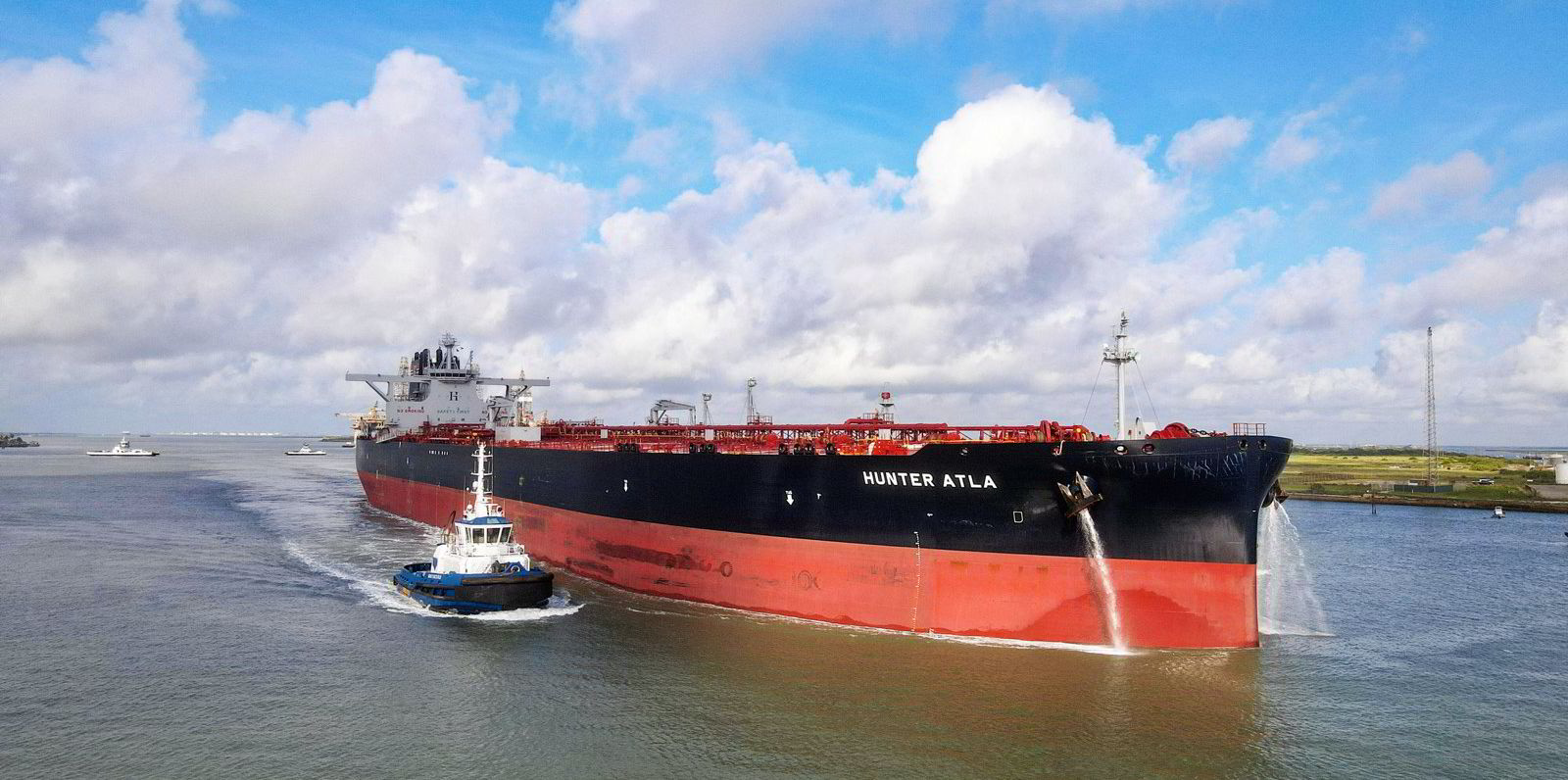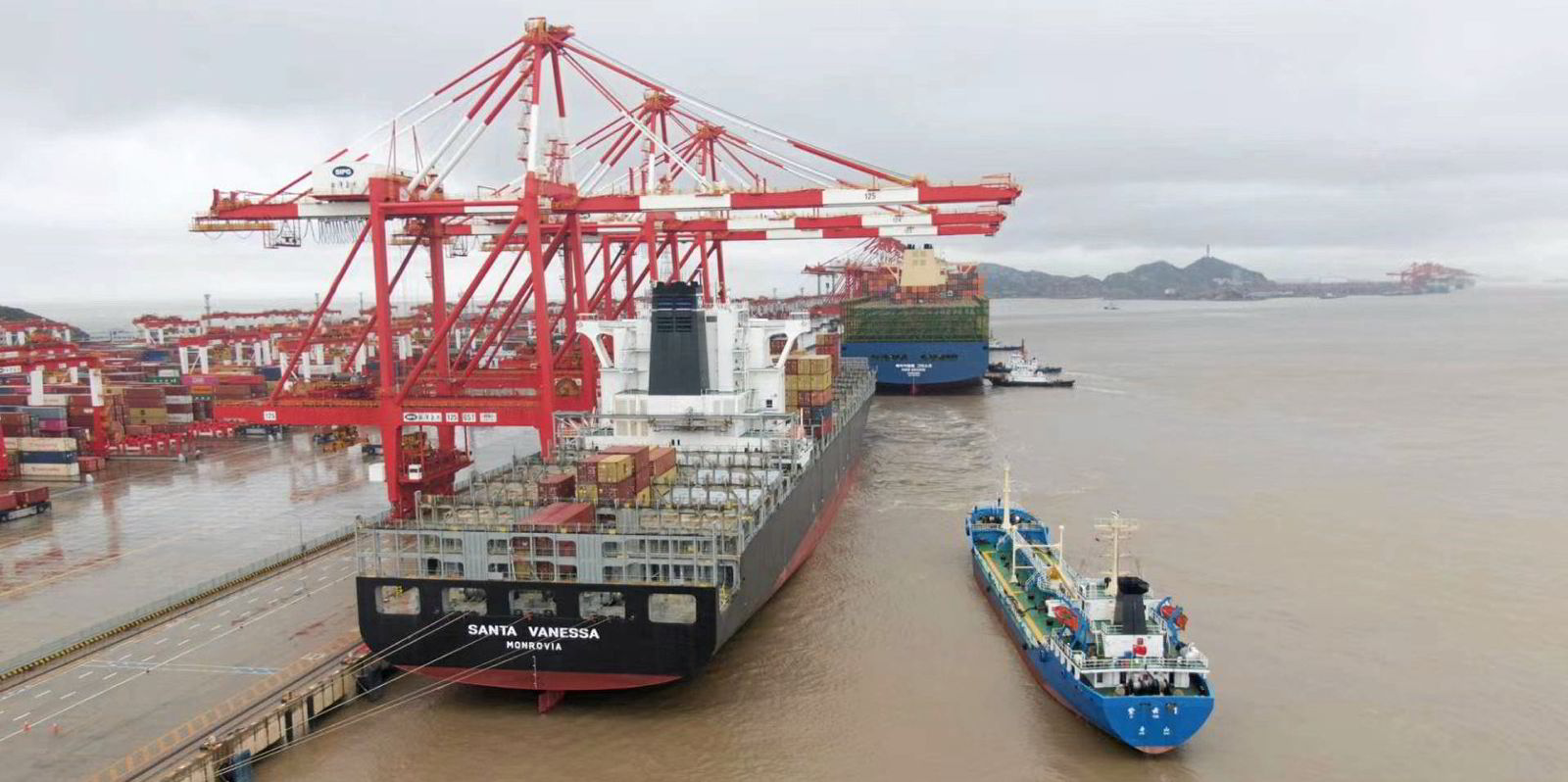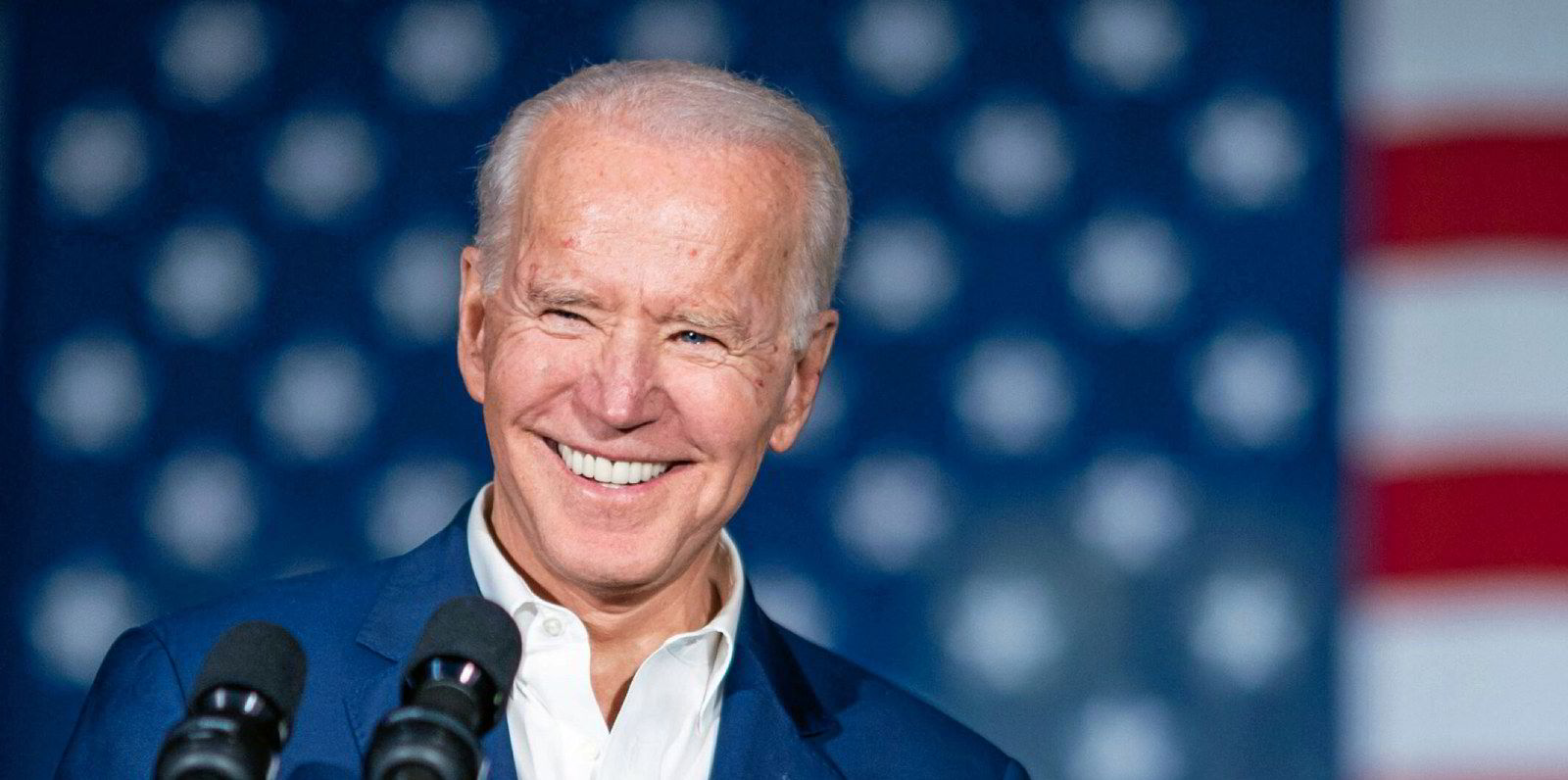Tanker markets are set for an upturn later this year as analysts predict more oil shipments amid brightened demand prospects.
With mass Covid-19 vaccination in the US and some other major economies, Opec and the International Energy Agency (IEA) have hiked their oil consumption forecasts recently.

The IEA predicts global consumption to average 96.7m barrels per day (bpd) in 2021, up 230,000 bpd from its previous forecast - despite European demand weakness in the first quarter of the year.
“The IEA offers sweet music to a shipowner’s ears,” Clarksons Platou analysts Frode Morkedal and Omar Nokta said in a note. “We conclude that freight rates could be substantially higher later this year.”
The OECD energy watchdog also forecast that refinery production will increase by 6.8m bpd from April through August, partly due to rising petroleum consumption.
Based on the expected hike, Clarksons Platou estimates that seaborne exports of refined products could surge by about 2m bpd over the summer, which represents a 10% increase in product tanker trade in the period.
“For product tankers, the higher oil demand forecast is also very positive,” they said.
Cartel’s prediction
In its monthly report for April, Opec also raised its forecast annual consumption by 100,000 bpd to 96.5m bpd for the full-year 2021, up 6m bpd from 2020.
The oil cartel expects global demand to grow from 95.1m bpd in the second quarter to 97.8m bpd in the third, before a further increase to 99.5m bpd between October and December.
“The reasons for the upgrade were unsurprising. It [Opec] sees Covid effects easing in the coming months and a strong pick-up in travel as a result,” said Jo Ringheim and Lars Bastian Ostereng, analysts at Arctic Securities.
Preliminary data showed OECD commercial oil stocks decreased by 44.9m barrels in February to 2.98bn barrels, still 94.1m barrels higher than the same month of 2020.
But Arctic Securities said total stock drawdown should have amounted to nearly 1m bpd last quarter, a contra-seasonal fall that would be “a clear record”.
“Sliding inventories and increasing demand projections are certainly positives for the tanker market, as market balances are set to improve on the back of increasing seaborne trade volumes,” the analysts said.
Rising oil supply
The recent optimism came as activity resumed in the spot VLCC market, where the Baltic Exchange assessed spot earnings for the Middle East Gulf (MEG)-China trade at a two-week high of $1,762 per day on Wednesday.
With oil consumption set to rise, Opec and its Russia-led allies have agreed to hike crude output by more than 2m bpd between May and July.
Figures from Braemar ACM Shipbroking suggest the major producers will increase production by 600,000 bpd next month, 700,000 bpd in June and 800,000 bpd July.
But the brokerage’s analyst Anoop Singh said the market impact from output hike could be muted initially, with incremental production in May expected to mainly meet domestic demand or be added to inventories.
“We do expect a modest increase in West-bound crude…on VLCCs over April and May, but the volume and shipping impact is unlikely to lift VLCC demand and market sentiment,” Singh said.
“We expect a more solid improvement in VLCC lifting and demand in June and July.”







